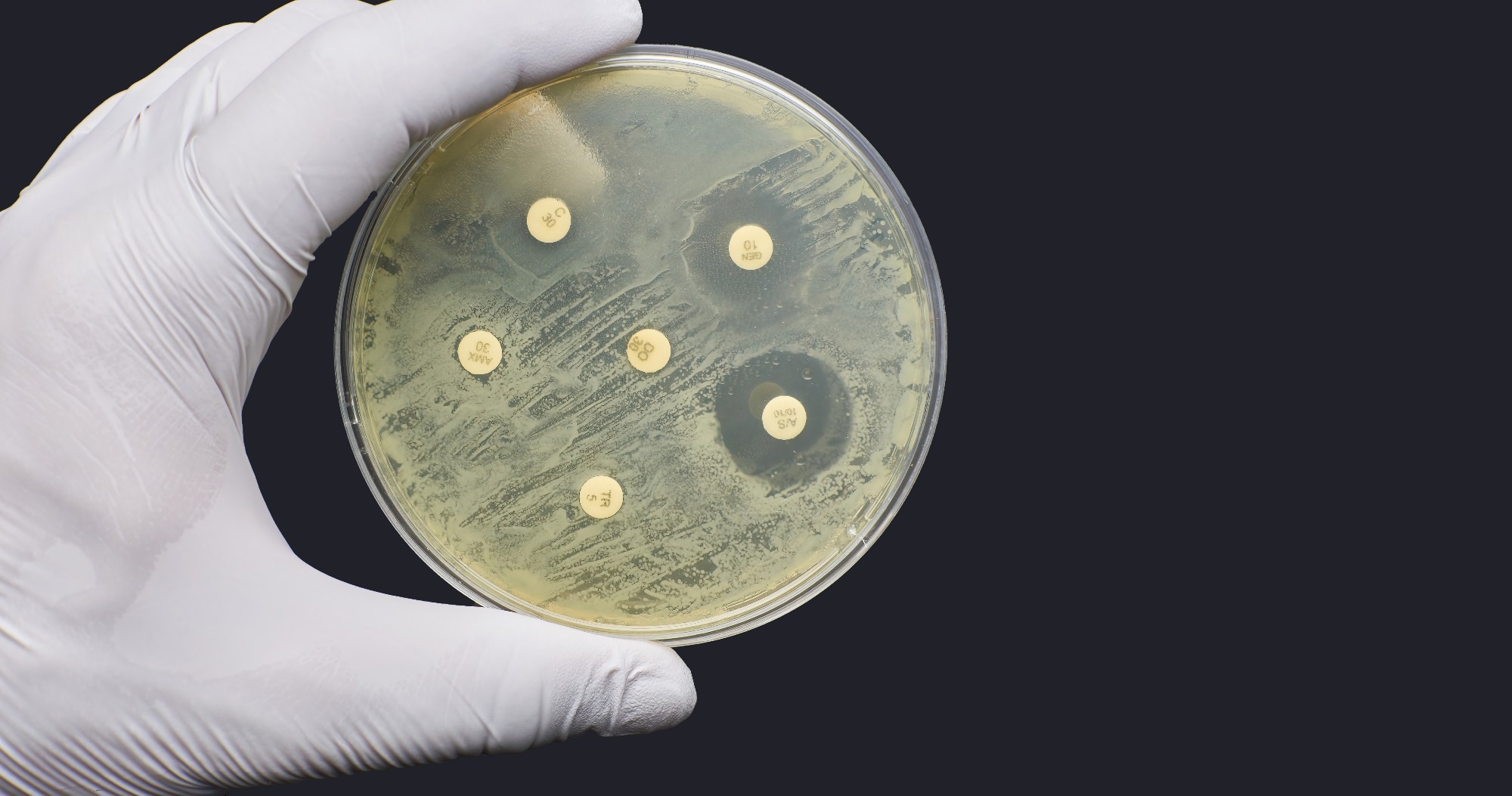Reviewed by Lauren HardakerAug 8 2025
Copper has emerged as a key ally in the fight against antibiotic-resistant bacteria. Copper sulfate solutions, for example, have been used since the 1700s to combat fungal infections in vineyards, orchards, and various other agricultural contexts. Copper surfaces are increasingly commonly utilized in health care institutions to maintain sterility. However, too much of a good thing might exacerbate the problem it seeks to alleviate.
 Image credit: Lusof/Shutterstock.com
Image credit: Lusof/Shutterstock.com
According to new research published in Evolution, Medicine, and Public Health, microbiologists at the University of California, Los Angeles, discovered that excessive usage of copper antimicrobials can also lead to antibiotic resistance in bacteria. However, resistance quickly fades in the absence of copper exposure, indicating that copper might assist in reducing antibiotic resistance when combined with other strategies.
Some published research shows that switching to copper doesn’t necessarily solve the antibiotic resistance problem. We wanted to know what would happen to bacteria in environments where the heavy use of copper, such as copper-based pesticides and fungicides in agriculture, would place evolutionary pressure on bacteria over time.
Sada Boyd-Vorsah, Study First Author, and Postdoctoral Researcher, University of California, Los Angeles
“We found that bacteria that evolve resistance to copper also become resistant to antibiotics, possibly because they are using biological pathways that help them resist copper to also resist antibiotics,” added Boyd-Vorsah.
Medicinal treatment of infectious diseases is seriously threatened by bacterial strains resistant to antibiotics. In a bacterial community, a small number of individuals will always survive a harsh treatment of antibiotics and pass on the characteristics that allowed them to survive to future generations, giving rise to resistant strains.
Natural selection is the mechanism by which scientists guarantee that characteristics that aid an individual’s survival and reproduction will spread widely enough for the population to endure environmental stress.
Anything that kills microbes—organisms like bacteria, viruses, yeasts, and fungi—can produce a hostile environment that leads to resistance, just like antibiotics. Extreme heat, cold, metals, and chemicals can all fall under this category.
In previous research, our lab showed that the pathway that helps bacteria deal with a very ancient stressor, which is extreme temperature, could be the pathway with which they deal with antibiotics. Because this pathway evolved long ago, it is probably common to many types of bacteria.
Pamela Yeh, Study Corresponding Author and Professor, Ecology and Evolutionary Biology, University of California, Los Angeles
Methodology for the study
In petri dishes, researchers cultivated colonies of E. coli bacteria and subjected them to copper sulfate, a popular fungicide and disinfectant. Since just eight of the fifty initial populations survived, copper-resistant populations were created by growing off of them and exposing them to copper once again. They then used a range of standard antibiotics to test the copper-resistant bacteria and discovered they also resisted the drugs.
According to genetic analysis, 477 mutations absent from control populations had developed in copper-resistant bacteria. Unsurprisingly, several of these changes occurred on genes linked to metal resistance rather than antibiotic resistance. The outcome supports the Yeh Lab's earlier discovery that bacteria employ similar mechanisms to deal with various stresses and suggests that environmental factors other than drugs alone might contribute to antibiotic resistance.
“Even though copper antimicrobials are becoming more common, copper-resistant bacteria are not yet common. But it’s useful to know that if they become resistant to copper, they will likely also be resistant to antibiotics. Copper is still a great antimicrobial, but (we) just need to be mindful (of) how we use it, because we don’t want to end up with a similar situation to the one we have now,” added Boyd-Vorsah, who is now a visiting assistant professor at Winston-Salem State University.
According to researchers, it should be feasible to manage microbes without causing resistance by alternating the use of copper with other antimicrobials. According to the researchers, the findings probably apply to a wide variety of bacteria, even though the study was conducted on E. coli.
The researchers suggest that by alternating the use of copper with other antimicrobials, it could be possible to control microbes without driving the development of resistance. Although this research was conducted on E. coli, the findings are believed to be applicable to many other types of bacteria.
“I don’t see any reason why we wouldn’t expect that this is probably a generalizable pattern that could be found across many, maybe even all, species of bacteria because the mechanisms that confer resistance are probably evolutionarily very ancient,” concluded Yeh.
Source:
Journal reference:
Boyd-Vorsah, S., et al. (2025) Survival, Resistance, and Fitness Dynamics of Escherichia coli Populations After Prolonged Exposure to Copper. Evolution, Medicine and Public Health. doi.org/10.1093/emph/eoaf015.